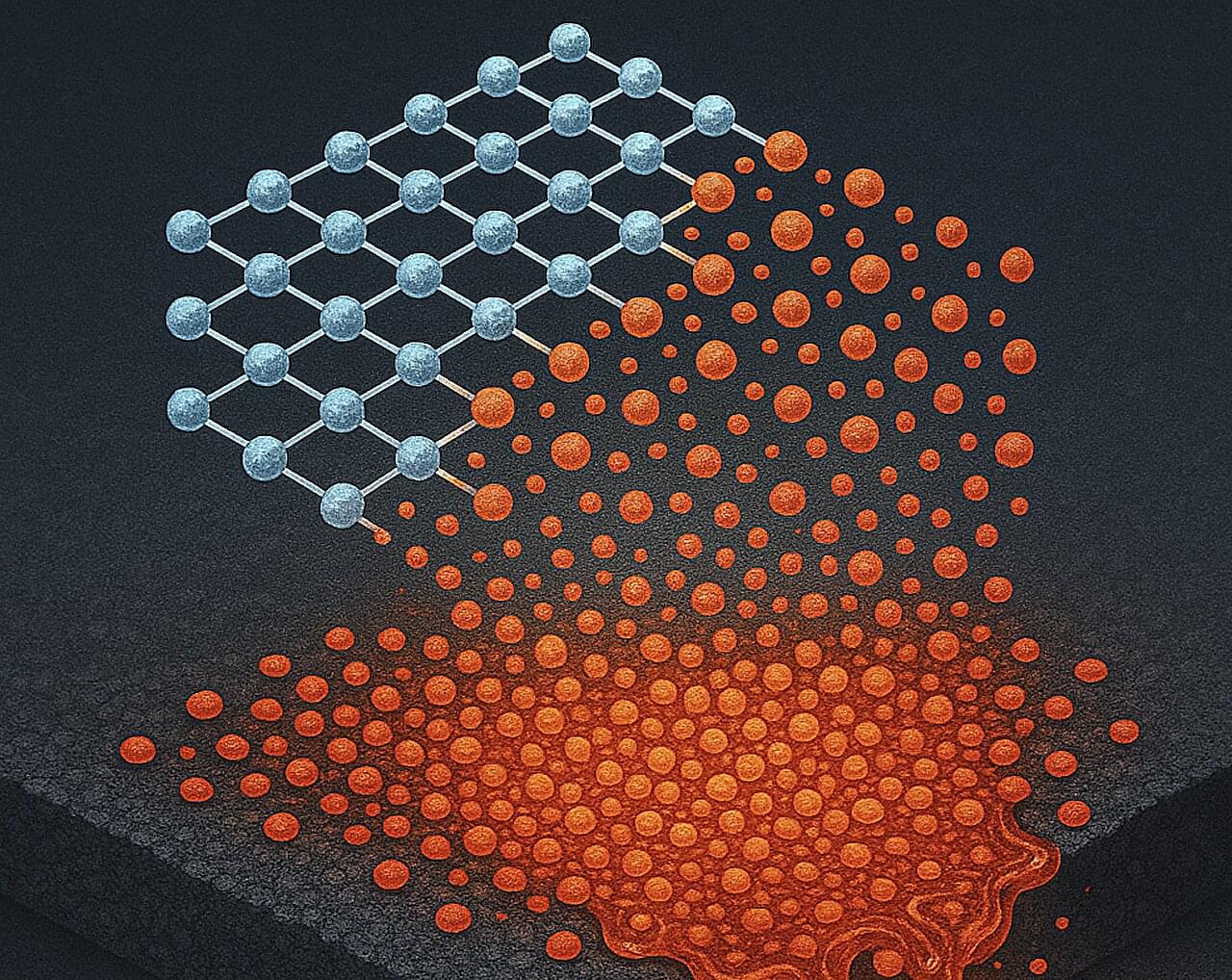The melting of crystals is the process by which an increase in temperature induces the disruption of the ordered crystalline lattice, leading to the disordered structure and highly fluctuating dynamic behavior of liquids. At the glass transition, where an amorphous solid (a glass) turns into a liquid, there is no obvious change in structure, and only the dynamics of the atoms change, going from strongly localized dynamics in space (in the glass state) to the highly fluctuating (diffusive) dynamics in the liquid.
The search for the atomic-scale mechanism of 3D crystal melting has a long history in physics, and famous physicists such as Max Born, Neville Mott and Frederick Lindemann proposed different ways to look at it. I have always had the impression that we still do not understand the melting of 3D crystals, which is a highly complicated cooperative process involving nonlinearly coupled dynamics of a huge number of atoms. This complexity I always found very fascinating.
Comparatively, the melting of 2D solids, mediated by dislocations-unbinding, is much better understood, and the theory that describes it led to the 2017 Nobel prize in physics for Kosterlitz and Thouless.
